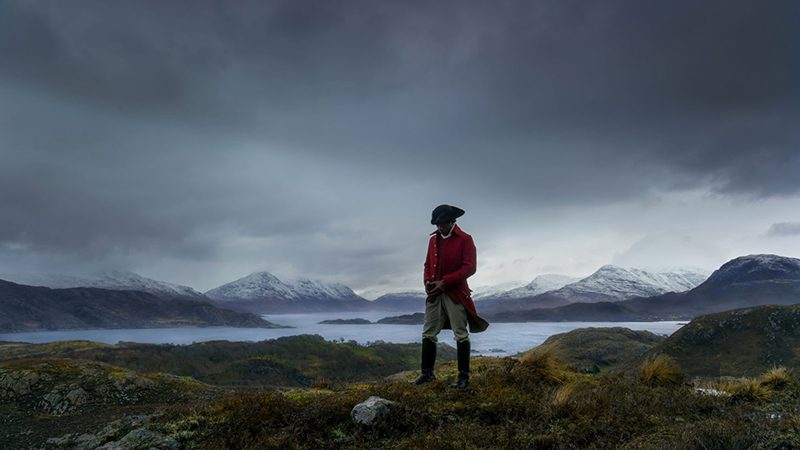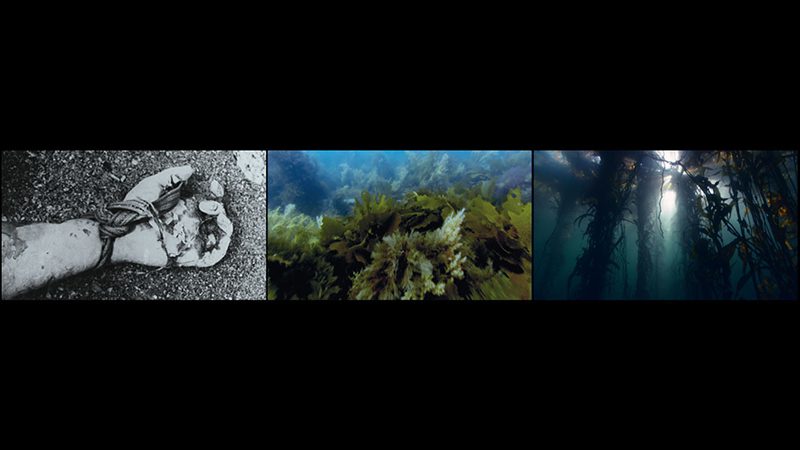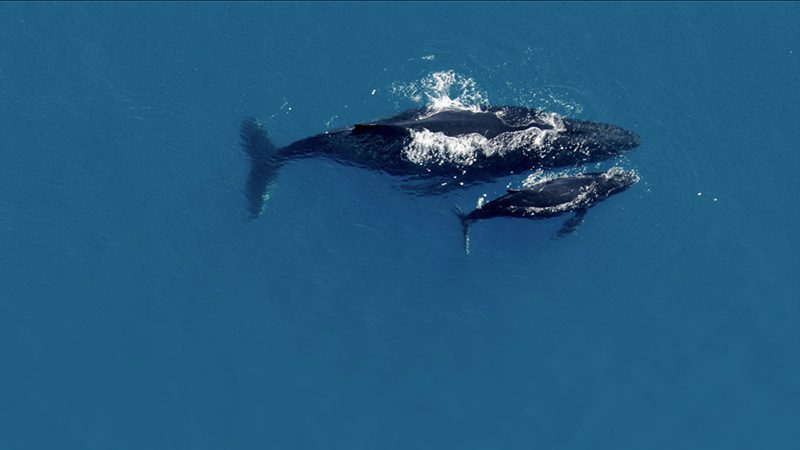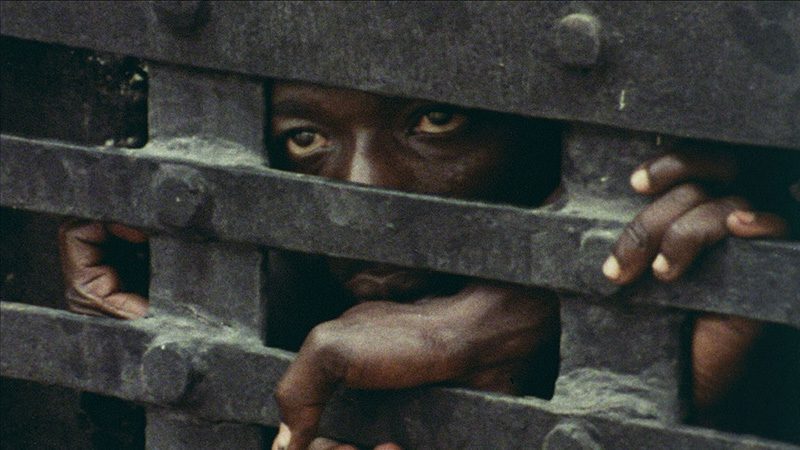ART-PRESENTATION: John Akomfrah
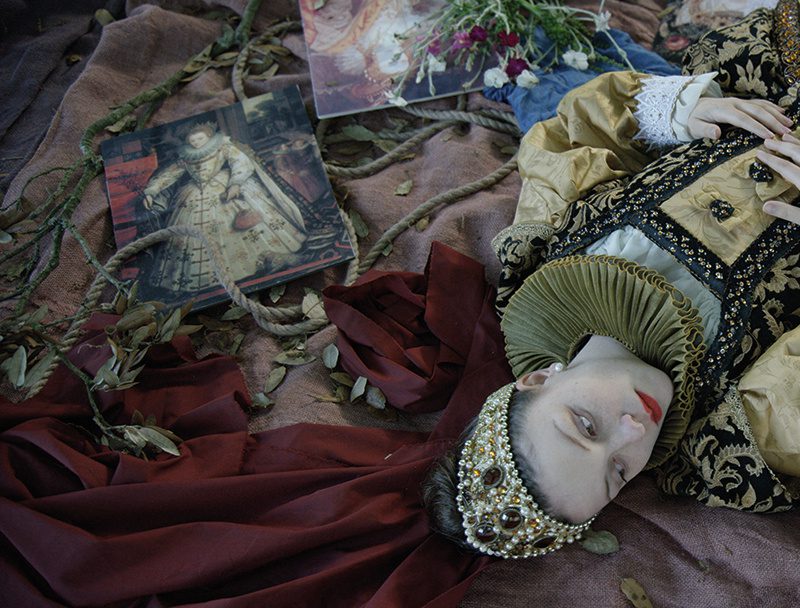 John Akomfrah is a respected artist and filmmaker, who has been committed to giving a voice and a presence to the legacy of the African diaspora in Europe, filling in the voids in history by digging into historical archives to create film essays and speculative fictional stories about past lives and future possibilities. Costume dramas have been critical to this exploration since they provide a staging of history and suggest that one can have a direct access to the past.
John Akomfrah is a respected artist and filmmaker, who has been committed to giving a voice and a presence to the legacy of the African diaspora in Europe, filling in the voids in history by digging into historical archives to create film essays and speculative fictional stories about past lives and future possibilities. Costume dramas have been critical to this exploration since they provide a staging of history and suggest that one can have a direct access to the past.
By Efi Michalarou
Photo: Lisson Gallery Archive
John Akomfrah is one of the founders of the Black Audio Film Collective, which was active between 1982 and 1998, and which was dedicated towards examining issues of Black British identity through film and media. “Handsworth Songs”, the first documentary produced by the collective, was filmed during the 1985 riots in Handsworth and London, and won the 1987 Grierson Award for Best Documentary. For his solo exhibition at the Lisson Gallery in London, John Akomfrah developed three different film installations. First “The Airport” a brand new three screens installation taking place in Greece, the movie retraces alinger of our collective consciousness. “Auto Da Fé”, the second installation, is a diptych dealing with the hot topic of migrations and religious persecution from Hombre, Mali, Mosul and Iraq. The third film is entitled “Tropikos”, and it relates a theme common to many Akomfrah’s pieces the slave trade.“ The Airport”, is a three screen film installation which recalls the work of Stanley Kubrick and Theo Angelopolous. The film’s narrative, complete with sweeping shots of the landscapes of Athens and Southern Greece, contemplates the significance of empire, and the ghosts which linger in our collective consciousness, both physically through architectural ruins and metaphorically through the traces and personal histories of previous generations. Theo Angelopolos’s technique of employing constant movement between camera, characters and locations is reflected to poetic affect. “Auto Da Fé”, is a diptych that looks at migration through the lens of religious persecution. Presented as a poetic period drama, the film presents a series of eight historical migrations over the last 400 years, starting with the little known 1654 fleeing of Sephardic Jews from Catholic Brazil to Barbados. As the film develops, we are presented with tale after tale of populations being displaced along religious lines, right up to the present day migrations from Hombori, Mali and Mosul, Iraq. The work was filmed on location in Barbados, but the landscape is deliberately anonymous, reflecting the universal nature of these stories. The third and final film “Tropikos”, transforms the landscape of the Tamar Valley in the South West of England into a 16th Century port of exploration on the African continent in order to reveal the deep-rooted and darker history of the river and the UK’s role in the development and proliferation of the slave trade. At the same time Akomfrah’s “Vertigo Sea”, a three-screen film installation focuses on the disorder and cruelty of the whaling industry and juxtaposes it with scenes of many generations of migrants making epic crossings of the ocean for a better life, with the film “Tropikos” at Arnolfini in Bristol
Info: Lisson Gallery, 27 Bell Street, London, Duration: 22/1-12/3/16, Days & Hours: Mon-Fri 10:00-18:00 Sat 11:00-17:00, www.lissongallery.com

